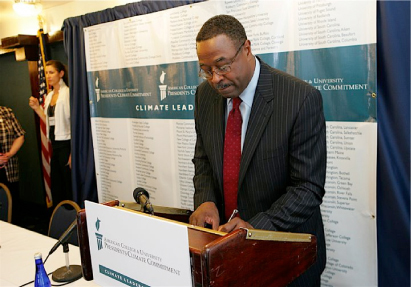Fun and Financing: A Sustainable Match
by Jim Simpson, Director of Higher Education Energy Solutions, Johnson Controls, Inc.
(This article appears in the May, 2010 issue of The ACUPCC Implementer)
When it comes to sustainability on campus, people can get excited about the technology (solar panels and wind turbines) and the visible efforts (new recycling containers or Earth Day events). What’s just as exciting – but perhaps not as sexy – is that college and university administrators now have several options to choose from when it comes to financing. They’re using savings from behind the walls to fund technology and visibility projects that attract more attention.
For instance, one of the first campuses to sign the American College & University President’s Climate Commitment (ACUPCC) is the University of Maryland - College Park (UMCP). With an energy bill of more than $50 million per year, climbing utility rates, and growing concerns about effects of greenhouse gas emissions on the environment, UMCP needed a way to combine infrastructure upgrades with energy efficiency and education.
UMCP administrators found millions of dollars in deferred maintenance, and increased electrical and cooling demands exceeded the original design of aging facilities. They were especially concerned about the role of buildings in obtaining accreditation for research facilities and grants. And students had made it clear that sustainability was a priority for them.
- Read more about Fun and Financing: A Sustainable Match
- Add new comment


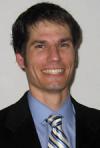 On April 23, the
On April 23, the 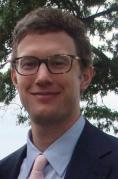 The April issue of the
The April issue of the 
 On March 17
On March 17


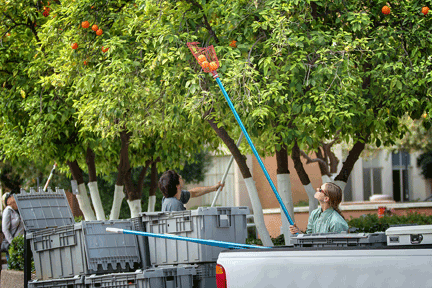
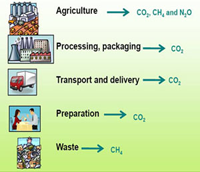

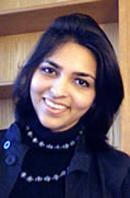 Earlier this month, I traveled to Nashville, TN, where I attended the
Earlier this month, I traveled to Nashville, TN, where I attended the 